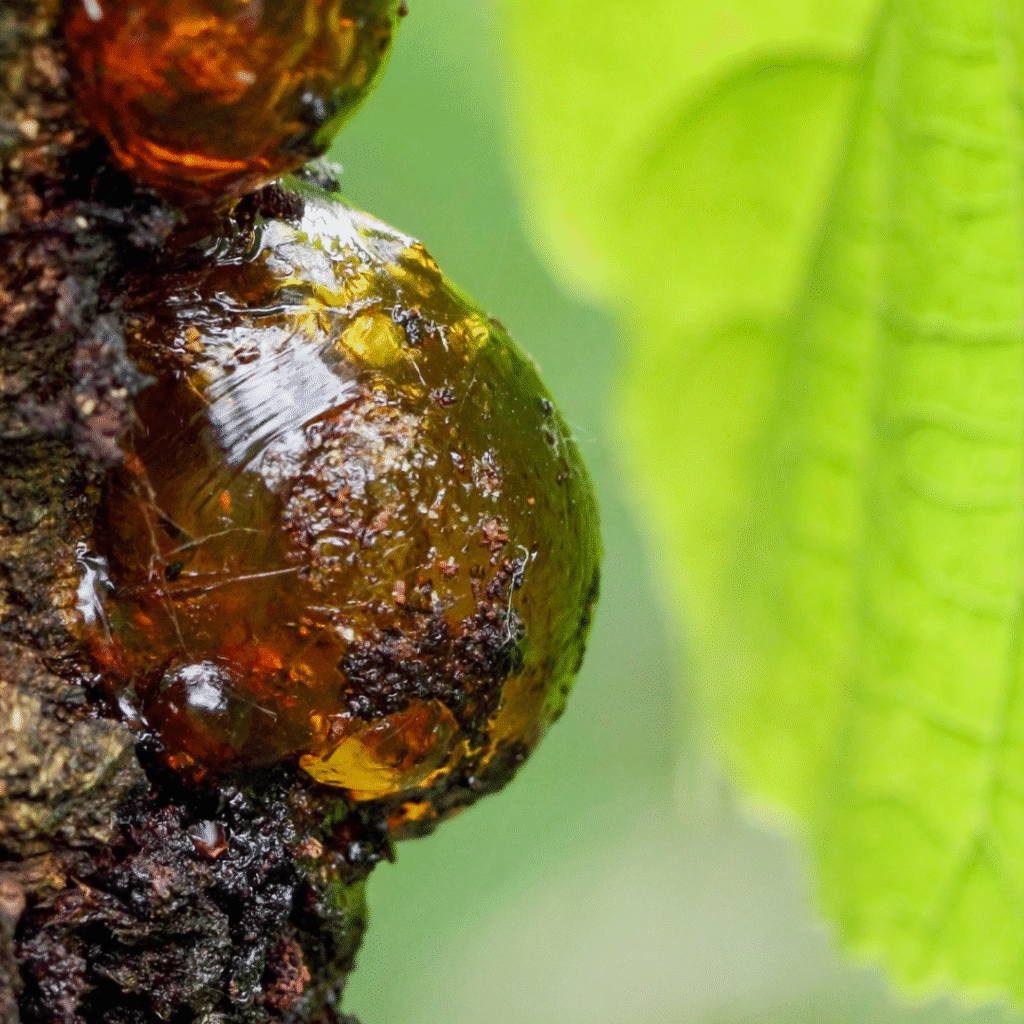
The global science of Royal Botany is a fascinating and multifaceted field that explores the history, impact, and ongoing relevance of botanical research conducted under royal patronage. This encompasses a broad spectrum of activities, from the establishment of magnificent botanical gardens by monarchs to the funding of ambitious plant-hunting expeditions across continents.
Historically, royal houses played a pivotal role in the advancement of botany. Motivated by a desire for prestige, economic gain (through new crops and medicinal plants), and a genuine intellectual curiosity, monarchs often invested heavily in botanical endeavors. This led to:
- The creation of Royal Botanic Gardens: Iconic institutions like Kew Gardens in the UK, the Real Jardín Botánico in Madrid, and the Jardin des Plantes in Paris were often founded or heavily supported by royalty. These gardens became centers of scientific research, plant acclimatization, and public education.
- Funding of expeditions: Royal patronage enabled voyages of discovery that brought back countless new plant species from around the world. These expeditions not only enriched botanical knowledge but also had significant economic and imperial implications.
- Development of scientific classification and illustration: Royal interest often spurred the meticulous documentation and artistic rendering of plants, contributing to the foundational work of botanists like Linnaeus and the development of botanical art.
- Establishment of scientific networks: Royal courts served as hubs where botanists, explorers, and patrons could connect, share knowledge, and collaborate on projects.
Today, while direct royal patronage in the traditional sense may be less prevalent, the legacy of “Royal Botany” continues to influence the global scientific landscape. Many of the institutions established under royal charters remain at the forefront of botanical research, conservation, and education. Modern “Royal Botany” can be interpreted as:
- The ongoing work of historically significant royal botanical gardens: These institutions continue to conduct cutting-edge research in plant genomics, conservation biology, and climate change adaptation.
- International collaborations and partnerships: The spirit of global exploration and knowledge exchange, once facilitated by royal courts, now manifests in worldwide scientific collaborations addressing pressing environmental challenges.
- The enduring public interest and support for botanical science: The historical grandeur and accessibility of royal botanical gardens continue to inspire public engagement with the plant world, fostering a deeper appreciation for biodiversity and scientific discovery.
In essence, the global science of Royal Botany is a rich tapestry woven from historical patronage, scientific exploration, artistic endeavor, and an enduring commitment to understanding and preserving the plant kingdom for future generations.
